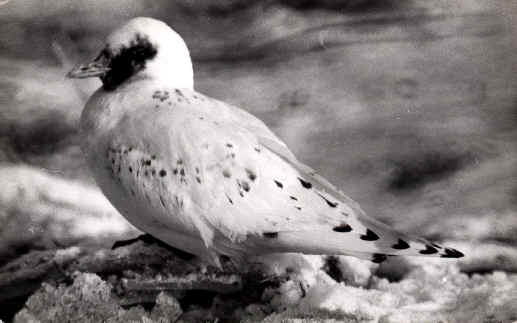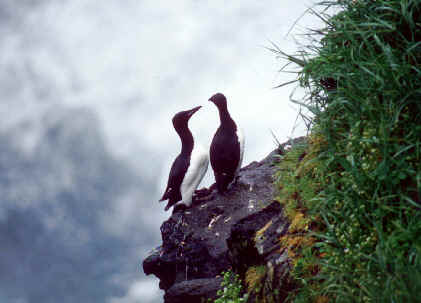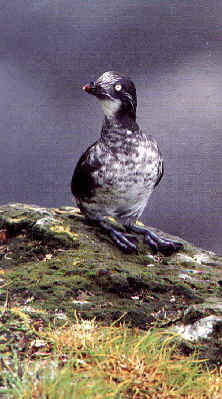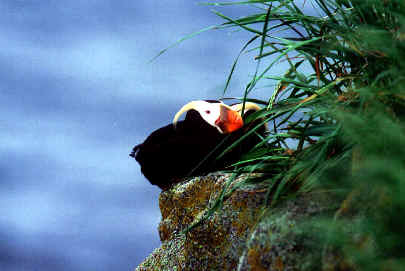
during FONT Birding
& Nature Tours
1995 thru 2005
(during late May & early June)
Alaska Birds 
during FONT Birding
& Nature Tours
1995 thru 2005
(during late May & early June)
List compiled by Armas Hill
231 species of birds have
cumulatively been found during FONT Alaskan tours. 2 subspecies brings the
number of birds in this list to 233.
The numbers that follow the bird names indicate the number of tours
during which the bird has been found (out of 7).
Codes:
(i): introduced species
(t): a globally
threatened or rare species, designated by Birdlife International
(t1): critical (t2):
endangered (t3): vulnerable
(nt): a near-threatened
species globally
(NAr): rare in North America
(NAu): uncommon in North America
(B): a Beringian species (restricted, or nearly so, to the area of &
surrounding the Bering Sea, as either a resident or a breeder)
(OW): a species primarily of the Old World
b:
during FONT tours at Barrow
g: during FONT tours at
Gambell on St. Lawrence Island
p: during FONT tours at the
Pribilof Islands
nac: during FONT tours seen north of the Arctic Circle (at either Kotzebue or
Barrow)
(in PGna): in
North America Bird Photo Gallery Part 1 (fulmars - owls)
(in PGjp):
in Japan Birds
Photo Gallery Part
1 (shearwaters thru shorebirds)
Places in Alaska visited during FONT tours have included:
Anchorage area (all tours), Barrow, north of the Arctic Circle (twice), Denali area (three tours), Fairbanks (once), Gambell (on St. Lawrence Island) (twice), Kotzebue, north of the Arctic Circle (once), Nome (all tours but one), Seward (all tours), the Pribilof Islands (St. Paul) (all tours).
For birds seen at the Pribilofs, the number following
the "p" indicates the number of tours during which the species
has been seen there.
The same applies to Gambell
(following the g) and Barrow (following the b).
Links:
Upcoming
Alaska Tour Itineraries
List
of Mammals follows the Bird-list.
Bird-List:
Notes:
(*) The Song Sparrow seen on St Pauls Island in the Pribilofs was believed to be ship-assisted.
In 1997, all 4 species of eider were seen at Barrow.
![]()
Photos of Some of the Alcids We've Seen in Alaska

Common Murre

Least Auklet

Horned Puffin

Tufted Puffin
![]()
Mammals that have been seen during FONT Tours in Alaska
Code:
(i): introduced in area where seen
Birding
Tours
|
Birding
Tours
|